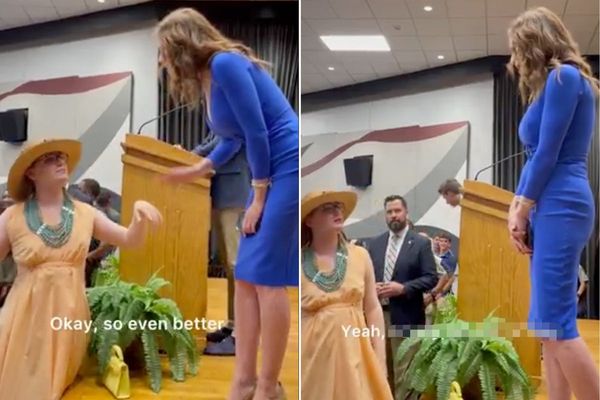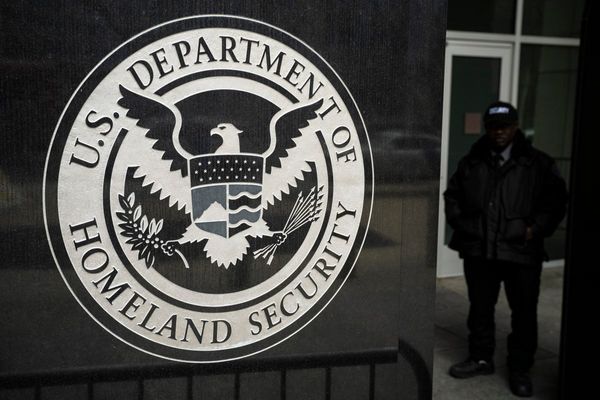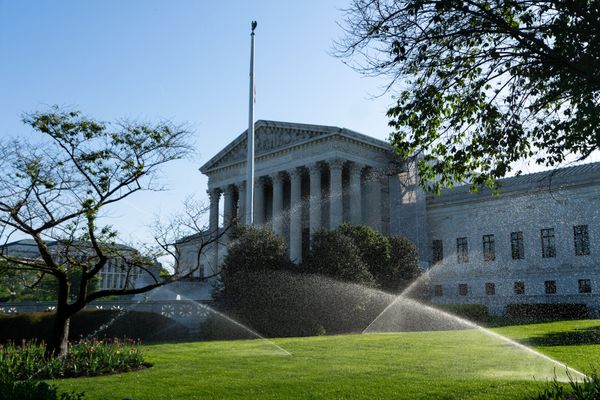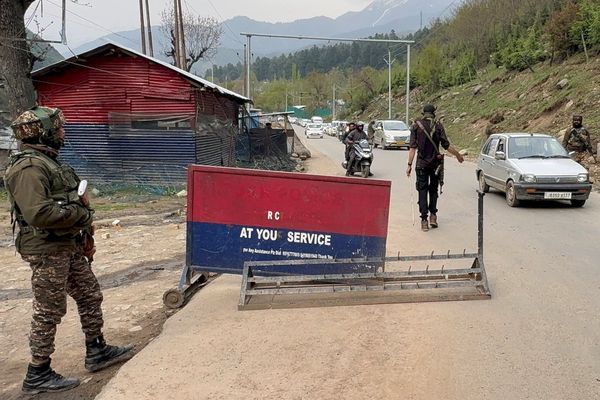
As a young guitarist from La Habra, California, Rusty Anderson rubbed shoulders with the likes of Eddie Van Halen, Lita Ford and George Lynch, leading to memories that have lasted him a lifetime.
His enduring love for guitar has seen session and solo veteran Anderson go from being a member of Endaswap, who toured with Weezer and No Doubt – and wrote Torn, later made a hit by Natalie Imbruglia – to settling in as Paul McCartney’s collaborator in 2001, and working with Gibson on his signature ES-335.
Asked to summarize what he’s learned, Anderson says: “I like to think I’ve matured a lot – considering I started playing and writing when I was 8 years old!” He adds: “Just enjoy the beautiful process of playing music. What a gift it is! The business keeps morphing; I wouldn’t know what to say about that.”
When you first started playing, did you have an idea of the type of guitarist you wanted to be?
“When I was 5 years old my older sister, Hope, was listening to Beatles records, and I absolutely flipped out on them. My older brother had just passed away from a kidney condition; so I decided real life sucked and music was magical.
“At age 8, my dad gave me a Kent guitar and amp from the pawn shop. My mother suggested taking lessons at the local music store. But after the first lesson or two, I told her I was feeling sick and basically flaked out of learning Sparkling Stella, and music reading in general. I loved rock music but I hated the teacher’s approach.
“At age 14 I took jazz lessons for about six months. I would find myself vacillating between writing my own music, studying other people’s playing and learning to read music.”
Can you remember your first proper guitar?
“I bought a walnut brown Gibson SG with the money I earned from working at Fuller Brush as a door-to-door salesman. I loved that guitar a lot more than the job!”
“I formed a band called Eulogy when I was 13 or 14. We developed quite a Southern California following and played tons of backyard parties, high schools, and clubs like The Starwood, The Whiskey and Gazzari’s, to name a few.”

Did anyone on the scene influence you?
“A guitar player named Richard Ballou was my local hero. We became pretty good friends. We also played many shows with Van Halen. Eddie used to come to our shows, like The Troubadour and Gazzari’s. He liked our band. We sort of became friends.
“The first show we played with Van Halen was at the Golden West Ballroom in Norwalk. He was playing a red ES-335. I thought he was a very good and professional player, but not particularly unique or special – other than his subtly magnetic stage vibe.
The Hollywood scene was incredibly energized
“Then, over the course of the next year or two, he evolved by leaps and bounds. He used cool harmonic tricks and became a speed demon! I realized pretty quickly that other local guitarists were emulating him, so I went out of my way to avoid his influence. But he was a shot in the arm to evolve my own guitar voice.”
You mentioned Eulogy. How did that band form?
“My junior high school friend, Dirk Vantatenhove, learned to play the bass. Then people were saying they saw a kid from England at school. It turned out he was actually from Scotland – his name was Myles Crawley. We forced him to sing lead and he got good. As a band, we were super dedicated.”
You guys had a nice following after playing with Van Halen, The Runaways and Quiet Riot.
“All of that was insane. We were younger than everyone else. When we played the Golden West Ballroom with The Runaways, I spied Lita Ford sucking on her modified squirt gun. The whole scene was out of control.
“We did shows with The Police – and I’ve recently been playing with Stewart Copeland on various projects, all these years later. Orchestral Manoeuvres In The Dark, The Motels and The Boyz with George Lynch were some more.
“The Hollywood scene was incredibly energized. One night after playing The Troubadour, we went to an after-party at the owner Doug Weston’s place. He was throwing half-eaten chicken bones over his shoulder, and his minion party people were eating them off the floor. Doug was snorting tons of cocaine but wouldn’t share it with anyone.

“I remember driving into Hollywood in my purple Rambler station wagon, with Dirk and all our gear. The car in front of us slammed on its brakes. Without looking I swerved into the fast lane. Fortunately, there was no car there. I just kept on driving for about 10 minutes, then Dirk turned to me and said, ‘Nice one.’ My heart was just pounding away.”
You formed Ednaswap in 1993. What was that like?
“We toured with No Doubt, Weezer, Sublime, Failure… It was a lot of fun and a real scene, alhough touring around in a couple of vans can get pretty grueling.
Paul’s playing the bass and learning the song. He made a small mistake then cursed himself, just like we all do. It was so endearing!
“Since that band evaporated, drummer Carla Azar ended up playing with Jack White; Paul Bushnell plays bass with Tim McGraw; Scott Cutler and Anne Preven formed Pulse Music Group, and I’m a solo artist who plays with Paul McCartney.”
What rig did you have with Ednaswap?
“I was using an EL84 TopHat Amp and 2x12 cab, playing my ’65 cherry red ES-335, ’55 Les Paul Special and my ’61 Silvertone U2.”
Your first solo record, Undressing Underwater, is a classic. Was it difficult to finally branch out?
“Not really – I’d been in many roles and in various bands, so it felt pretty natural. It is a lot of hats to wear, though. The craziest bit was cutting the song Hurt Myself with Paul McCartney, the band, and David Kahne producing.
“We were in Sunset Sound Studios and Paul’s playing the bass and learning the song. He made a small mistake then cursed himself, just like we all do. It was so endearing! Then he added amazing backing vocals, a bit of hooky guitar, and some awesome production suggestions. What a mind-blower that was!”
How did you meet Paul McCartney?
“I’ve worked with David Kahne on many recordings over the years. We’re very good friends. He said, ‘It looks like I’ll be producing the new Paul McCartney record.’ I told him I was super happy for him.
“He’s such a talented producer, arranger and musician. Then he said, ‘I may need some guitar playing.’ I was more than excited. A couple of months later I found myself at Henson Studios with Paul.
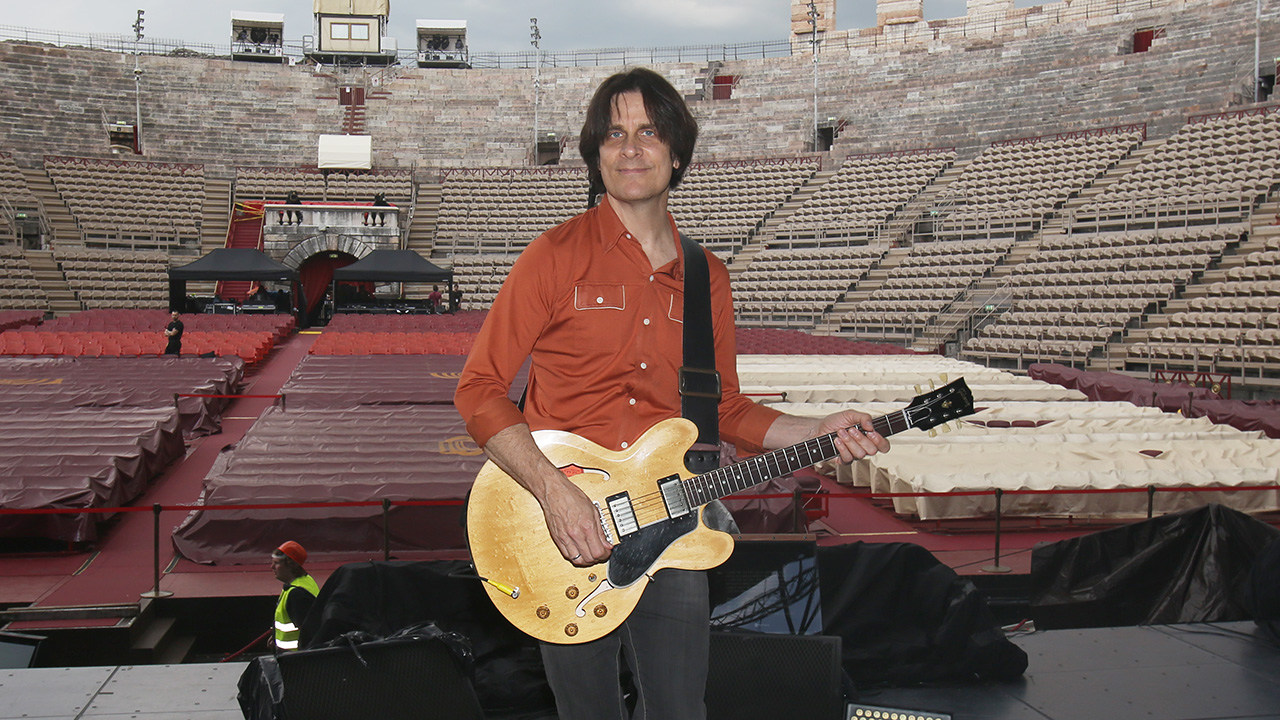
“After meeting and chatting a little, we jumped into recording his new batch of songs. I was still sort of in shock for the first few days. I never thought I’d meet a Beatle – much less play with one! But playing music together is a powerful bonding experience.”
What’s the secret to how Paul McCartney’s band works?
“I’m probably too close to it to fully answer that question; but I do feel like we all have a good pocket. When we lock in it has a spiritual feeling. That’s what playing music together is about, right? And the live show becomes a celebration of those incredible, classic songs that everyone knows.
Because of the possibility of playing any one of Paul McCartney’s songs, I carry the kitchen sink around with me
“I think the whole band, including Paul, appreciates the magic chemistry and energy that comes off the stage. We all feel super lucky to be a part of it.”
“It’s fun playing with Paul and Brian Ray. By now I think we can almost read each others’ minds. When Paul plays piano or guitar, Brian plays the bass. The rest of the time, Brian plays guitar. And Wix Wickens, the keyboardist, plays guitar occasionally.”
What are the trickiest tones to harness with that band?
“The filter sweep on House of Wax, the nylon guitar arrangement with delay on She’s Leaving Home, the drop D phaser sound on Too Many People, the reverb and fuzz switching on Hello Goodbye, and switching between them.
“There are lots of them, though most of the ones we play these days are a little more straight-ahead. But because of the possibility of playing any one of the songs on the giant list, I carry the kitchen sink around with me in my rack.
“Plus, I use my guitar volume pots a lot for different tones. Many of my guitars have treble bleed caps and resistors on them.”
Does your gear change much?
“With Paul I use my signature model, a Gibson ES-335, a 1964 ES-330, and a custom shop Strat and Tele, mostly. For amps, I use two Divided by Thirteen amps, 9/15 heads, and custom 2x12 cabs. I have a rack with a bunch of pedals in it and a foot controller.

“The rack seems to be the safest way to make sure my rig works every night. I recently did a solo tour with my band and used the same amp, but just one, and a small pedal board instead of the rack. We were doing theaters and clubs instead of stadiums. That was a gas.”
Which of Paul McCartney’s songs do you enjoy playing the most?
“Maybe I’m Amazed is a kick to play. It’s such an epic song with everything in it: a singer-songwriter verse, funky yet melodic melodies, two killer guitar solos, and awesome backing vocals to sing. It’s a classic, one-of-a-kind song.”
I’m kind of shy in session situations. You never quite know what you’re walking into
What has playing with him taught you?
“He’s sort of the godfather of melody. I feel like I’ve been learning from him, through osmosis, since I was 5 years old.”
Which of your sessions stick out most?
“Elton John for sure. The New Radicals, especially You Get What You Give. And Sinead O’Connor; Livin’ La Vida Loca with Ricky Martin; and The Bangles’ A Different Light album.”
What’s the key to making your mark as a session player?
“I always try to bring something to the table: a different sound, some memorable melodies or rhythms. I’m kind of shy in those situations. You never quite know what you’re walking into.”
Which of your solo records means the most to you?
“The one I’m working on now! All of my songs are connected to memories. Maybe the song Electric Trains: it’s about my brother, and how no matter how much life evolves, you always have those early formative memories.”
Which of your songs best demonstrates the player you are today?
“I’d say my latest tune, Cut the Chain, feels like a modern guitar approach, whatever that is. And then there’s Wishful Thinking Road, Reading Your Lips, Colleen… it’s hard to say.
“More and more, I associate the best guitar playing is what serves the song best. I don’t tend to do a ton of super-extended solos, but I’m always looking to find signature hooks with some kind of unique aspect. Then I feel like I’ve got something.
“Lately I’ve been releasing one song at a time, starting with Firefly – which Stewart Copeland plays on. I’ve got a bunch of mostly finished songs waiting to get out, but I’m still working on the cover art and videos My music tends to be a bit eclectic but it’s always a fun challenge to try and reinvent oneself.”
- Keep up with Anderson’s activities via his website.
